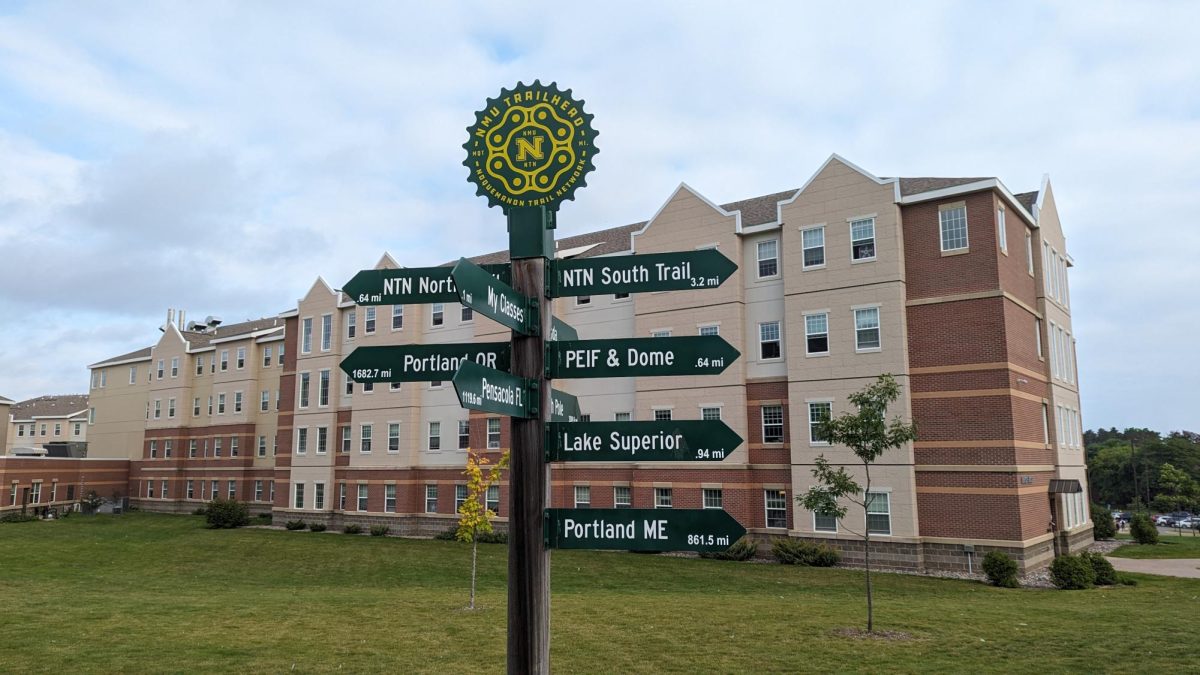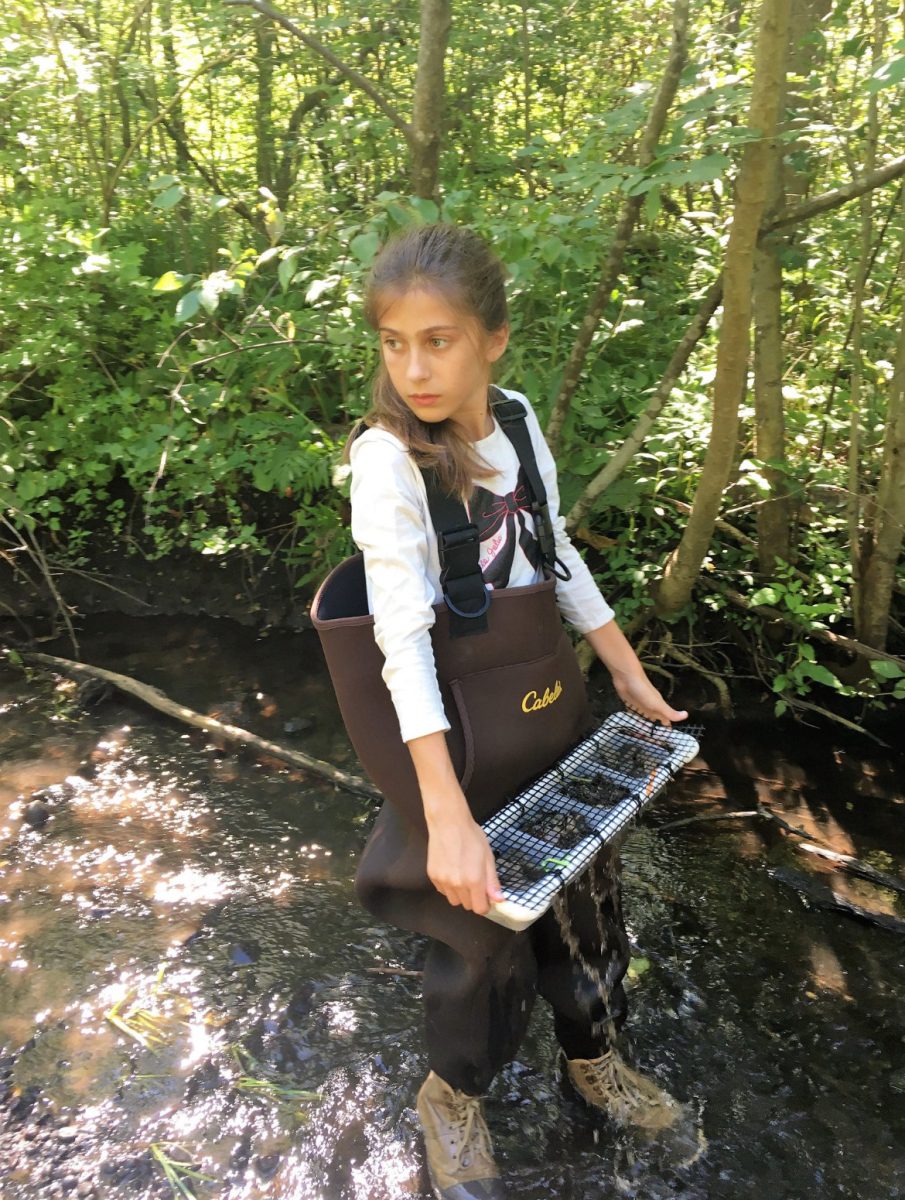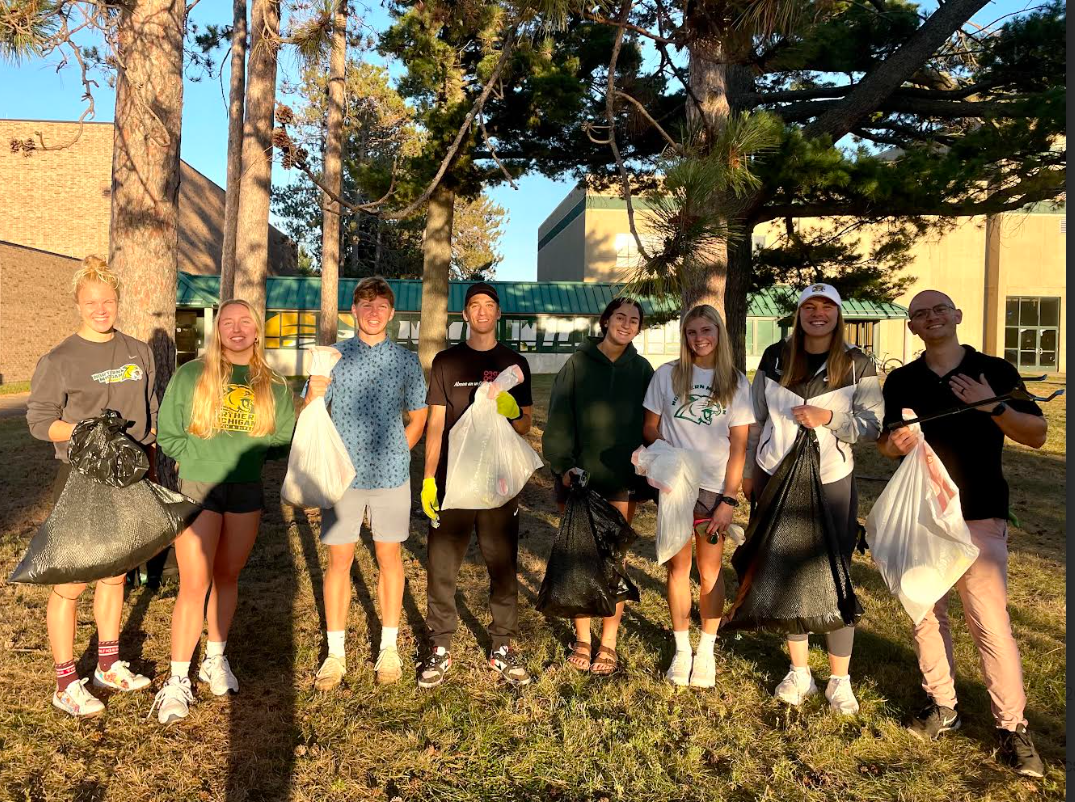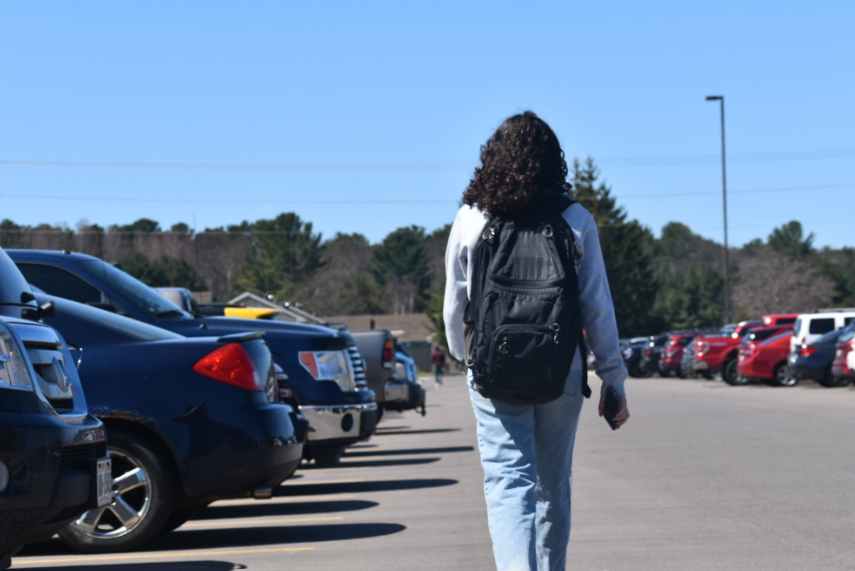In my freshman year of studying art at Northern, I was sitting idly in an empty classroom waiting for the professor to begin the lecture. Browsing on my laptop, I found a website that would randomly generate drawings of anime girls at the click of a mouse. Bored and in the mood for experimenting, I tried it out. The results were charming, but not much more than a novelty.
At first glance, they looked eerily similar to the types of stylized girls you see everywhere in anime, but after the initial impression, I could easily pick out flaws that were glaringly obvious—wonky line-art, amorphous blobs of color that didn’t belong, a computer’s best guess at where a stylized facial feature should go. Already having moved on, I closed the tab and got started taking notes as the lecture began. I didn’t give it much thought at the time.
Now, three years later, the computers have taken over. AI content has become the latest trend on the internet, and judging by how deeply these programs have sunk their mechanical claws into the digital web, it’s not going away anytime soon. The world has strong opinions about this.
Many of my fellow artists are aghast that their entire careers are being threatened by programs that are known for stealing the very works they claim to independently generate. Others say AI used in art is a way to make it accessible for people who have struggled with “breaking into the scene,” or opening the gate for those who have disabilities that impede their artistic ability. There’s also the argument that the power needed to operate these generative programs causes immense damage to the environment. There doesn’t seem to be an end to the debate over the ethical use of these programs.
With that in mind, I rediscovered that same anime girl that this early generative program created saved on my desktop. Again, out of boredom, I decided to draw her and compare my work with the computer’s creation. Staring at the computer’s vague attempt at an anime girl and reimagining her in my own style, I began work on this experiment.
As I made sense of the amorphous colors and linework, I got to thinking about why I’m an artist in the first place. Is it because it’s something I’m just naturally good at? Is it because I want to get paid for something I enjoy doing? The more I drew this computer girl, the more I remembered. When I used that old neural network in 2022, the feeling of creative excitement from drawing on paper didn’t come to me. There was a sense of superficial curiosity and satisfaction, but nothing truly fulfilling.
I imagine that’s how a lot of people who use generative programs like Midjourney might feel. To them, these programs might not be much more than a novel toy to play with. Sometimes I also experience an urge to try them, just to see what bizarre amalgamation I can coax out of these computers to point and laugh at. But the outrage and fear expressed by the artists whose hard work and effort are scraped for these mindless funny pictures always keeps me from doing so.
I sometimes worry if some stranger might see my work and decide to scrape it for their computer without telling me—or even without extending the courtesy of asking. Maybe that’s what unsettles me the most: that me being an artist will mean so little to someone that they’ll see me as just another exploitable source of data.
This led me to another thought: Have artists always been seen as tools before people? How many times have artists found themselves replaced by miracle technology and swept aside for convenience? There was a time before paint, a time before cameras, a time before drawing tablets, a time before AI. The cycle continues, on and on, and I doubt it’ll ever stop.
I take some comfort in knowing that despite this cycle, we will always seek out other people to create art. Just because cameras replaced painting doesn’t mean people don’t paint anymore. Just because we gravitate towards drawing tablets doesn’t mean we don’t still value the time and effort it takes to paint on canvas. And even now, during the prevalence of AI imagery, we still see communities rally around supporting human artists. Instinctively, despite the endless march toward complete technological dominance, humans return to humans and their handmade work.
There are many people who are working hard to create accessibility devices for disabled people because they believe everyone should experience the joy of making art. And many others agree that you don’t need expensive, fancy supplies to make something true and beautiful. Some of my favorite works are ugly, amateurish scribbles I made as a middle schooler, because they function as a time capsule of the person I used to be and a way to gauge my progress as I worked to improve over time.
As I continue to draw, the computer girl becomes someone with heart—someone who wants to tell her own story. Her dull edges become refined—and a person, not a machine, emerges. By taking from the computer and creating in its likeness, I made something containing a part of me.
I wonder often if true synthesis can be achieved between computer programs and human artists—one that doesn’t come from exploiting others or causing harm to our fragile planet. That’s a question that remains to be answered by how we shape our future and what we choose to do with the tools given to us.
Editor’s Note: The North Wind is committed to offering a free and open public forum of ideas, publishing a wide range of viewpoints to accurately represent the NMU student body. This is a staff column, written by an employee of the North Wind. As such, it expresses the personal opinions of the individual writer, and does not necessarily reflect the position of the North Wind Editorial Board.







